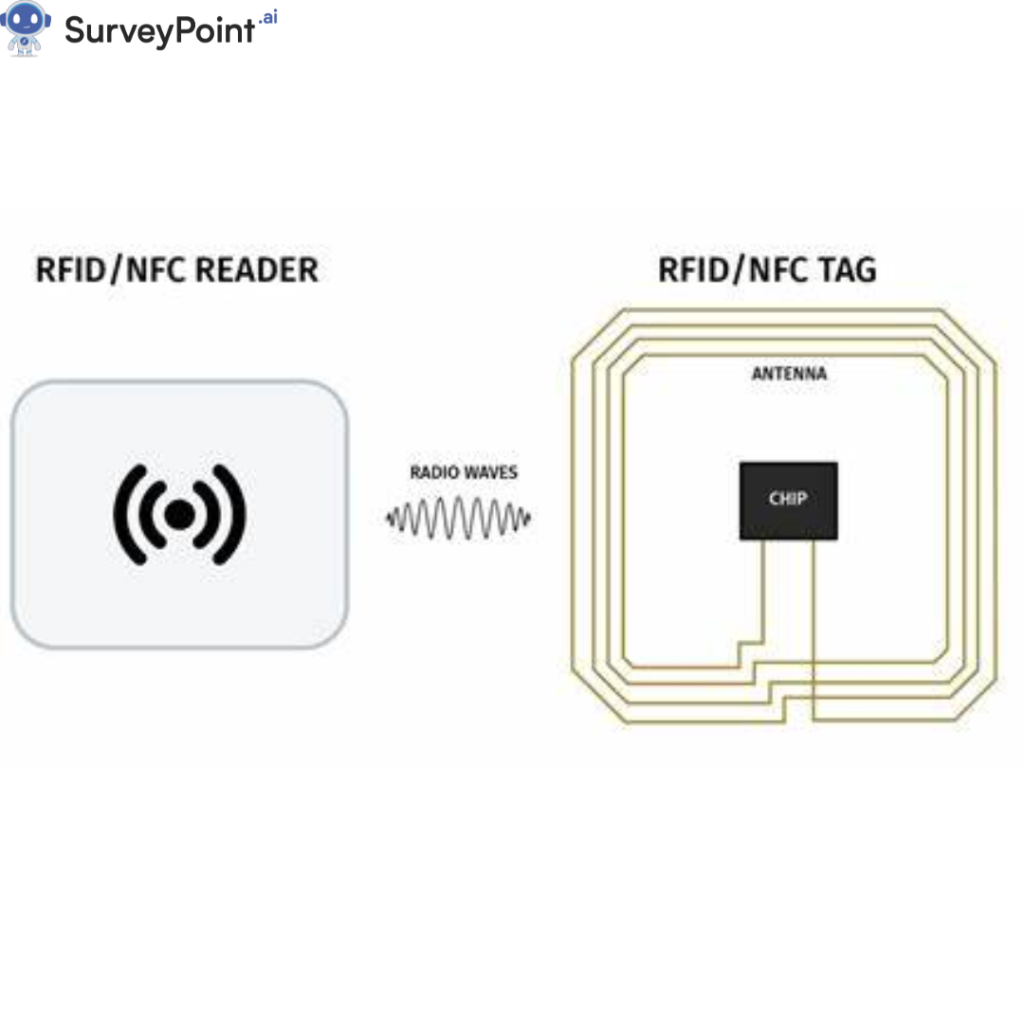
Quantitative research is a subfield of social science research that relies on numerical data gathered in a scientific manner. The use of mathematical, statistical, or computational methods examines quantitative information. With the help of online polls and surveys, businesses may gather measurable information from their current and potential clientele.
Statistical methods allow for the numerical representation of the data gathered from various types of questionnaires and surveys. It is possible to predict a company’s future and its products based on these figures.
Asking clients how much they spend on grooming every month is an excellent example of quantitative research for a company selling beauty items. This information will help the beauty goods company determine how much additional market share it can capture by expanding into related health and beauty product categories.
Properties of Quantitative Research
Quantitative research is a compilation of the following properties:
Close-ended Questions
Quantitative research only uses close-ended questions to gather fixed numerical responses.
Numerical Data
Data collected during quantitative research is in the form of numbers. It is easy to collect and analyze. In order to increase understanding, the data can also be presented in charts, graphs, and tables.
Large Sample Size
Quantitative research is generally used to analyze the data from a large sample size. The use of statistical tools helps analyze this data fast and efficiently.
Referring to Prior Studies
Prior studies are considered when developing quantitative research questions, and data and insights gained from them are analyzed.
RELATED: Popular Data Collection Methods To Draw Meaningful Conclusions
Advantages of Quantitative Research
Reliable Data Collection
Since the data collected during quantitative research is in the form of numbers, it is very reliable and leaves no scope for bias. Data collection in the form of numbers also makes sure that the research is based on firm data instead of the interpretation of subjective data. Research-based on quantitative data is more credible because of this scientific approach to data collection. The results of quantitative research can help businesses make confident decisions.
Efficient Research
Efficiency is another benefit of collecting data in numerical form and processing it using statistical and mathematical tools. The application of statistical and mathematical methods makes the processing of massive volumes of data a breeze in quantitative research. This prevents the needless expenditure of valuable time and materials.
Quick Process
Collecting subjective data is tedious and time-consuming. Alternatively, numerical data is easy to collect because of closed-ended questions. Since previous studies are consulted before the survey, timely and suitable decisions can be made based on quantitative research findings. To put it another way, this speeds up and simplifies the entire research process.
Nature
Since statistical tools are used to process the data in quantitative research, there is little scope for biased interpretation. In terms of decision-making, quantitative research is a highly reliable form of research due to its statistical nature.
Primary Methods of Quantitative Research
Survey Research
Surveys play a crucial role in quantitative research. In surveys, participants are asked to choose one or more number responses to a series of questions. To conduct a study, you can choose to do so at a specific time or spread it out over a longer period.
The field of survey research is broken up into two distinct subfields, cross-sectional and longitudinal, based on the different types of surveys conducted. Surveys taken at a single time are called cross-sectional studies. In contrast, studies that follow the same subjects throughout time are called longitudinal studies.
Correlational Research
Correlational research is used to establish the relationship between two close entities and how one impacts the other. Mathematical tools are used to understand patterns, relationships, and trends between the two entities.
One variable is often manipulated to analyze its impact on the other. For example, discounts and sales are two related variables. Businesses can analyze how much discount results in a viable increase in sales using correlational research.
Casual Comparative Research
It’s the gold standard for determining what led to what in a scientific experiment. A cause-and-effect relationship between these two parameters is examined.
A company’s revenue might decline due to a variety of factors, such as increased market competition and less consumer demand. This is examined via informal comparative research for businesses to understand what is affecting their operations and results.
Restrictions of Quantitative Research
Some of the disadvantages and restrictions of quantitative studies are as follows:
- As numerical data is involved, the survey tools employed for the research are susceptible to flaws like faults in measurement or incorrect sample approaches. The research will not produce the expected results if a mistake occurs.
- For researchers without a strong statistical background, the Quantitative research approach can be a daunting task.
- This strategy uses a predetermined set of questions on a predesigned questionnaire. Therefore, the research can only yield hypothetical results, which may or may not reflect reality. Researchers select the questions and options, so research participants have little control over their responses.
RELATED: Introduction to Probability Sampling: The Ultimate Glossary
Crucial Observations to Remember
- Data is collected and presented numerically in quantitative research, with a variety of statistical methods employed to arrive at conclusions.
- Researchers must thoroughly examine the topic’s various aspects before gathering participants’ opinions.
Conclusion
The ability to rapidly and confidently make decisions based on solid data is invaluable for organizations. Through quantitative research using statistical methods, information is observed and analyzed objectively.
Multiple data kinds acquired using various approaches can paint a more complete picture of your subjects and support more strategic decision-making when saved and merged.
It is important to note that data, like many modern instruments, is only useful when properly utilized. Rather than performing miracles for organizations, it paves the way for growth.
SurveyPoint assists businesses in gathering information by automating complex processes, such as collecting client information and other data.
Learn to work smarter, not harder!
Explore our solutions that help researchers collect accurate insights, boost ROI, and retain respondents.
Free Trial•No Payment Details Required•Cancel Anytime




